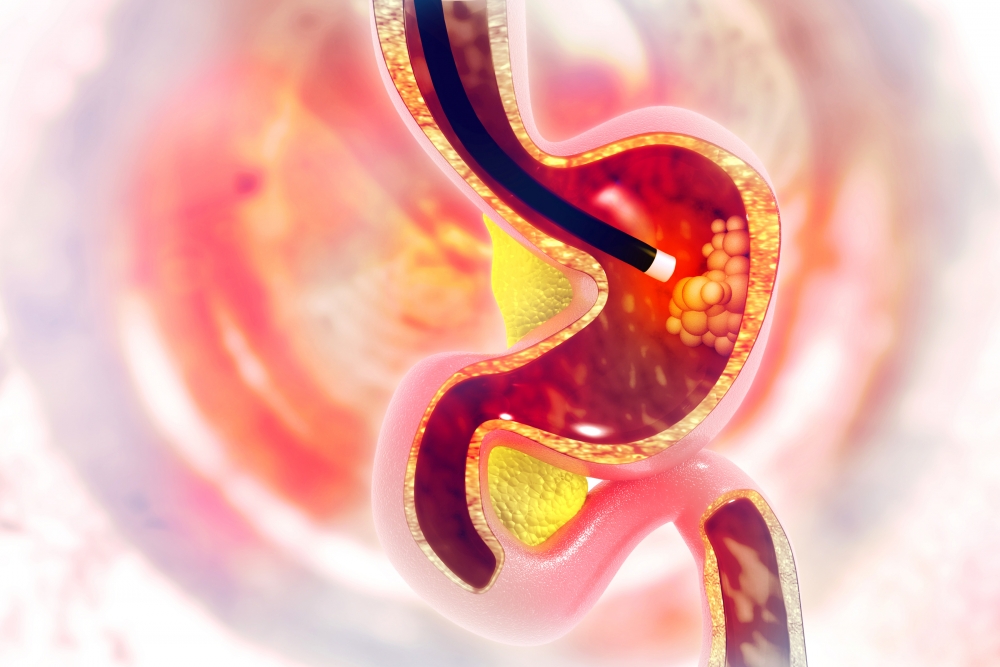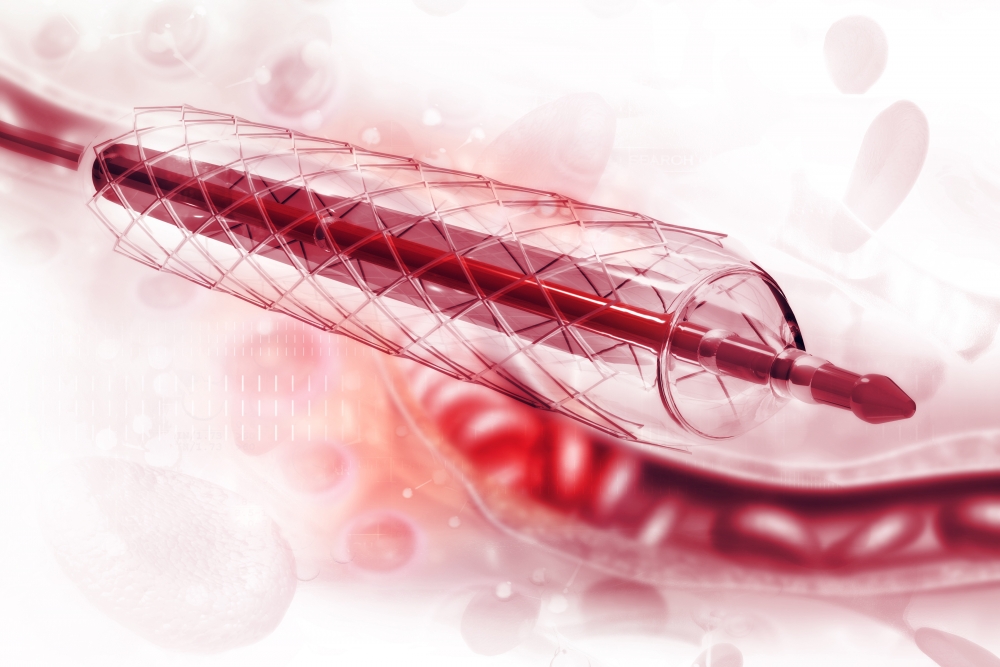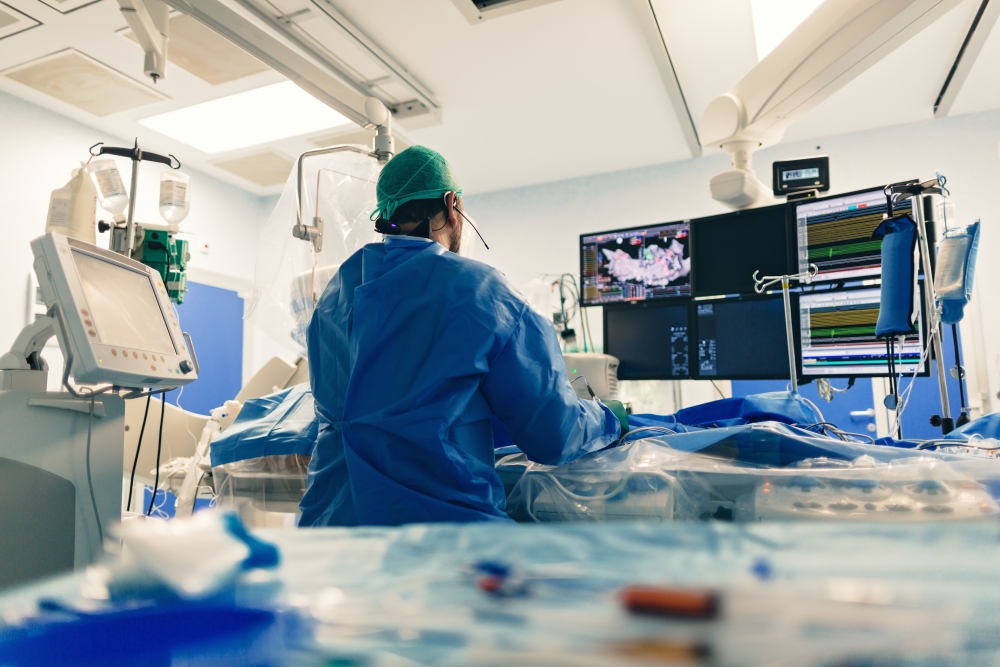Colonoscopy
A colonoscopy is a procedure that lets your doctor examine your intestines. Anesthesia or a light sedative is usually used, so you are not awake during the procedure. A scope (tiny camera attached to a long thin tube) is inserted to see any abnormal tissue, growths or ulcers. There is little prep work you will have to complete to clear the way for the doctor to see the intestines. Your doctor will give you these instructions before the procedure.


Endoscopy
An endoscopy is a procedure that lets your doctor examine your esophagus, stomach and the upper part of the small intestine. You may receive a light sedation or anesthesia depending on the procedure. A scope (tiny camera attached to a long thin tube) is inserted to help find the cause of your symptoms.
ERCP
An Endoscopic Retrograde Cholangiopancreatography Procedure (ERCP) is a process that uses an endoscope with a tiny camera and light to diagnose and treat certain problems of the biliary system or pancreatic ducts, gallbladder and liver. Anesthesia or a light sedative is usually used, so you are not awake during the procedure.


Esophageal Stenting
A tube shaped stent is placed when an issue is preventing the esophagus from containing or passing food and liquid to the stomach. A thin tube is placed in the esophagus and the stent is folded up until it is placed in the correct position. Anesthesia or a light sedative is usually used, so you are not awake during the procedure.
Endoscopic Ultra Sound
Endoscopic Ultrasound (EUS) combines endoscopy and ultrasound in order to examine the digestive tract and the surrounding tissue and organs. Endoscopy refers to the procedure of inserting a long flexible tube via the mouth or the rectum to visualize the digestive tract. Ultrasound uses high-frequency sound waves to produce images of the organs and structures inside the body. By placing an ultrasound machine at the tip of an endoscope tube, the doctor can obtain high quality ultrasound images of the organs inside the body.
Reasons for the Examination
EUS is used to provide information about the layers of the intestinal wall, nearby organs, or lymph nodes and blood vessels. EUS can also include obtaining tissue samples or biopsies to help in diagnosing enlarged lymph nodes or masses seen on other imaging studies. EUS is useful in several situations including but not limited to:
- Evaluating chronic pancreatitis, masses or cysts of the pancreas.
- Studying bile duct abnormalities including stones in the bile duct or gallbladder, or cancer of the bile ducts.
- Studying certain submucosal lesions such as nodules or “bumps'” that may be hiding in the intestinal wall covered by normal appearing lining of the intestinal tract.
- Staging (or determining the extent of) certain cancers.


Radiofrequency Ablation
Radiofrequency Ablation (RFA)[a] is a medical procedure in which part of the electrical conduction system of the heart, tumor or other dysfunctional tissue is ablated using the heat generated from medium frequency alternating current (in the range of 350–500 kHz).[2] RFA is generally conducted in the outpatient setting, using either local anesthetics or conscious sedation anesthesia. When it is delivered via catheter, it is called radiofrequency catheter ablation.
Small Bowel Capsule Endoscopy
Capsule endoscopy is a procedure that uses a tiny wireless camera to take pictures of your digestive tract. A capsule endoscopy camera sits inside a vitamin-size capsule you swallow. As the capsule travels through your digestive tract, the camera takes thousands of pictures that are transmitted to a recorder. Capsule endoscopy helps doctors see inside your small intestine — an area that isn’t easily reached with more-traditional endoscopy procedures. Anesthesia or a light sedative is usually used, so you are not awake during the procedure.


